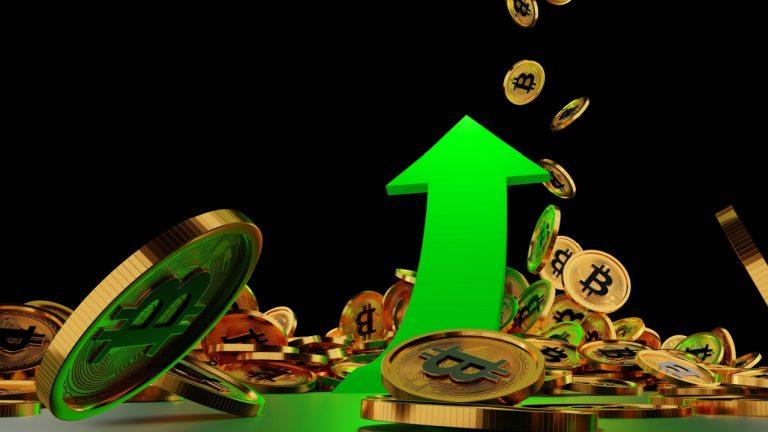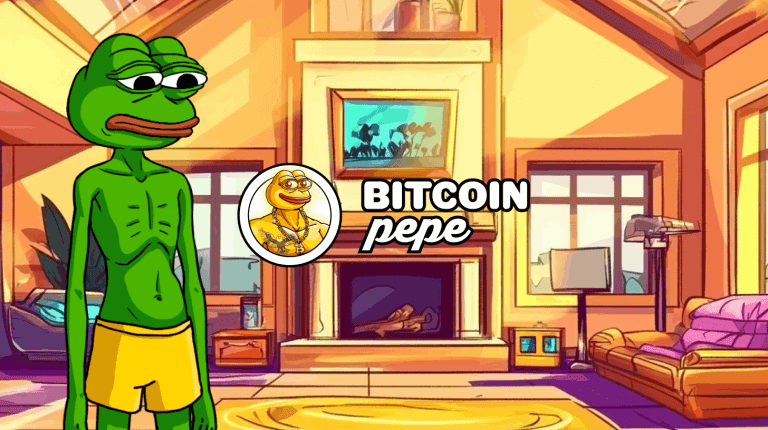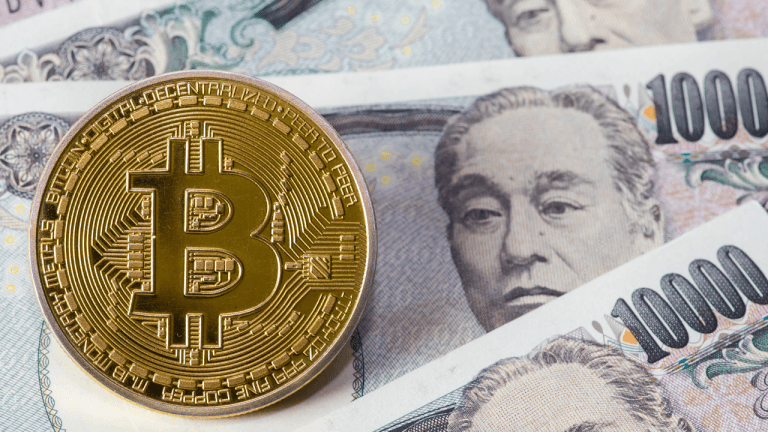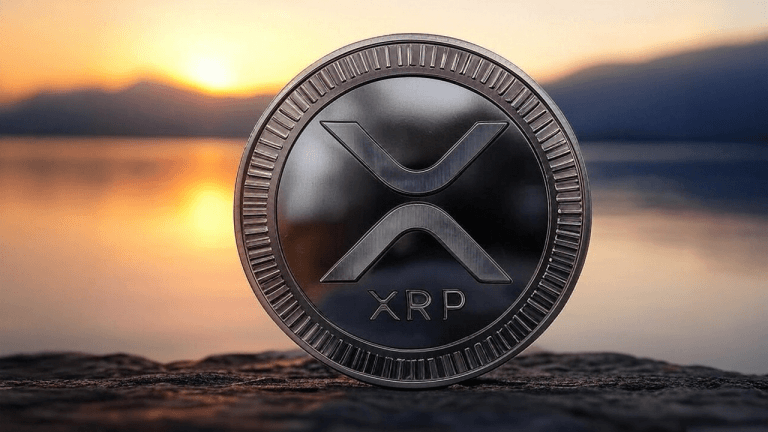Key Takeaways:
- ETH reserves on exchanges are at their lowest levels since 2016, signaling reduced sell-side pressure.
- Investors are increasingly moving ETH to cold storage for long-term holding, reflecting confidence in the asset’s future.
- Potential staking ETFs could further tighten the liquid ETH supply and boost its value as a primary investment asset.
Ethereum is undergoing a transformative phase. ETH reserves on centralized exchanges have dropped to levels last seen eight years ago. The sharp decline in ETH supply, coupled with shifting investor sentiment, has fueled speculation about a potential price surge.
A Look Back: Historical Perspective on Ethereum Exchange Reserves
According to CryptoQuant, ETH reserves on exchanges fell to 18.95 million as of February 18th. This point is particularly striking when seen with the eye of history; the same scarcity was recorded in July 2016, that is to say, ETH was valued at circa $14. This data reflects shifting investor behavior and Ethereum’s evolving role in DeFi.
Impending ‘Supply Shock’: The Effects of Scarcity on Demand
A drop in ETH supply on exchanges can lead to a ‘supply shock’—a scenario where reduced availability, coupled with steady or rising demand, drives prices higher. In other words, a diminished quantity available along with constant or growing attention can set up a competitive purchasing climate, which, in turn, can make the price higher.
ETH has faced headwinds over the past year, with a 3.67% annual decline and a 19% drop year-to-date, the current supply squeeze may be used to switch the trend deeply in a market. The thinking of diminished supply can effectively be the thing which will happen, the vestibular pattern validates the hypothesis of a drive toward higher prices through fear of losing out by investors, which leads to the accumulative process and hence a demand for a bull market.
Falling ETH reserves on exchanges signal a possible ‘supply shock.’ If supply drops while demand holds steady or increases, ETH prices are likely to rise significantly. In other words, a diminished quantity available along with constant or growing attention can set up a competitive purchasing climate, which, in turn, can make the price higher.

Ethereum exchange supply drops. Source: CryptoQuant
Investor Mindset: The Flight to Cold Storage and the Embrace of Long-Term Strategies
One of the significant factors increasing the reserves of exchange scarcity is the ongoing trend that investors tend to opt to transfer their eTheir wallets to cold storage. Cold storage refers to offline wallets, such as hardware wallets, which provide enhanced security against hacking.
Moving assets to cold storage is a strategic decision, reflecting long-term confidence in ETH. It depicts deep trust in the long-term value projection of ETH, the wish to have the money stably over a long time, and the flexibility to give up short-term trading opportunities as opposed to secure, long-term growth. This kind of attitude shows that it is a maturing industry where investors are focused on the real value being generated from the underlying asset.
Nicolai Sondergaard, one of the most highly competent research analysts of Nansen, which is a leading crypto intelligence platform, shares additional information regarding this phenomenon. He insists that the move of ETH off exchanges is “a general bullish,” and is itself a manifestation of the similar trend which is also seen in Bitcoin (BTC). This implies that the progression to personal responsibility and cold storage is not only a myth concerning Ethereum, but it is a broader shift that is happening in the whole cryptocurrency market.
Vugar Usi Zade, Chief Operating Officer (COO) of Bitget, a leading cryptocurrency exchange, takes the same position, explaining that customers “are shifting assets to cold storage rather than positioning for short-term sales.” He adds that this has been a historical trend, where lower selling pressure and increased price stabilization were noticed, thus strengthening the idea that investors are now more long-term oriented in their ETH investments.
Making Sense of the Exchange Liquidation Map: Factors Driving the Price of ETH

Ethereum Liquidation Map. Source: CoinGlass
CoinGlass data reveals key price levels for ETH. Presently, ETH is much awaited to overcome the strong resistances to reach $2,750 and $2,800. A hypothetical price surge that sends ETH above $2,800 could result in the shorting of more than $822 million of margin accounts across all exchanges. The “short squeeze” and its potential to speed the price uptrend could lead to a faster and larger increase in the value of Ether.
In line with the upbeat outlook, there’s a growing confidence that regulators may approve staking ETFs soon. Joe Lubin, the co-founder of Ethereum, and leader of Consensys, a major blockchain software company, said that ETF issuers were actually preparing for such green lights. This expectation adds more fuel to the already burning interest in the market and rightly proves the view which maintains the growing likelihood of the staking ETFs to be real in the very near future.
Ethereum’s Relative Strength: Outperforming the Broader Market

Ethereum supply on exchanges & social sentiment. Source: Santiment
Later information has emerged from Santiment, a major service that analyzes data which are on-chain and social regarding the crypto market, which asserts that Ethereum has gained a relative advantage by showing strong performance out of the whole cryptocurrency market in the most current trading days. This excellent performance indicates that investors’ optimism for ETH is increasing, and that may be the catalyst to drive up prices in the near term.
Besides, the ETH/BTC ratio, which shows how the price of ETH compares to the price of Bitcoin, has demonstrated certain signs of improvement. On February 17th, the ratio rose by 7%, and it reached 0.029, even though it is almost the lowest so far since December 2020, according to TradingView. This positive development indicates that ETH starts to take back some of the territory from Bitcoin lost in the previous few months and thus is ready to be a major gainer versus BTC in future time.
Technical Analysis: Navigating the Intersection of Accumulation and Price Volatility
Even with the bullish soft factors and catalysts in the market, Ethereum is still below the 50 and the 200 days moving averages. This indicator points to the cautiousness of traders, and ideally, a step-change in price will be confirmed before an extended bull run.
At 41.49 which is too close to the middle, the Relative Strength Index (RSI) (if it is a gauge of the momentum of the equity out of the last trading days though) becomes an indication of either overbought or oversold conditions (in this case this level is considered neither overbought nor oversold causing the market to be inside a neutral zone) for the price of an asset. This means that the price is in neutral territory and it can go either way.
Regarding the On-Balance Volume, based on OBV, which is a technical indicator that uses both volume and price movements to make predictions about changes in the stock price, it (OBV) remains steady which is interpreted as continuous buying irrespective of the most recent price decreases. However, (On the other hand, on the downside) if this last issue is not resolved until the end of the week, the market will keep on consolidating.
Ethereum Fundamentals: A Foundation for Future Growth
The current circulating supply of ETH is 120.55 million USD, and it is worth mentioning that there is no maximum supply. ETH’s transition to proof-of-stake, combined with its flexible supply model, could make it deflationary and strengthen its position as a store of value. In addition to this, the usefulness of ETH being the major token for running smart contracts and decentralized applications in the DeFi industry is fueling its growth as you can see it is the base currency in many DeFi dApps.
When you do technical evaluation of ETH, you can see that it was going up and down in a range of 24 hours which was $2,653.34 to $2,832.06. Looking at the levels the key ones to watch are $2,700 and $2,650 which should be support zones for the buyers that may enter the market or add to their positions. Meanwhile, resistance levels are $2,850 and $3,000. Once the above range has been cleared, the coin would probably continue its rally towards the next target of $3,200 in the short term.
More News: Ethereum Options Signal Potential Upside, But Risks Remain
The Road Ahead: Balancing Optimism with Prudence
The Ethereum market as it is seen today can be characterized as a multi-dimensional and intricate one. The decreasing exchange reserves, the new wave of accumulation in cold storage by investors, and the prospect of staking ETFs are all the signs of the current bullish mode, but it should be noted that regulatory changes and macro factors may also have a rather severe impact on the development of the ETH price over the months to come.
The post Ethereum Supply Squeeze: Exchange Reserves Plunge to 9-Year Low appeared first on CryptoNinjas.

You can get bonuses upto $100 FREE BONUS when you:
💰 Install these recommended apps:
💲 SocialGood - 100% Crypto Back on Everyday Shopping
💲 xPortal - The DeFi For The Next Billion
💲 CryptoTab Browser - Lightweight, fast, and ready to mine!
💰 Register on these recommended exchanges:
🟡 Binance🟡 Bitfinex🟡 Bitmart🟡 Bittrex🟡 Bitget
🟡 CoinEx🟡 Crypto.com🟡 Gate.io🟡 Huobi🟡 Kucoin.

















Comments